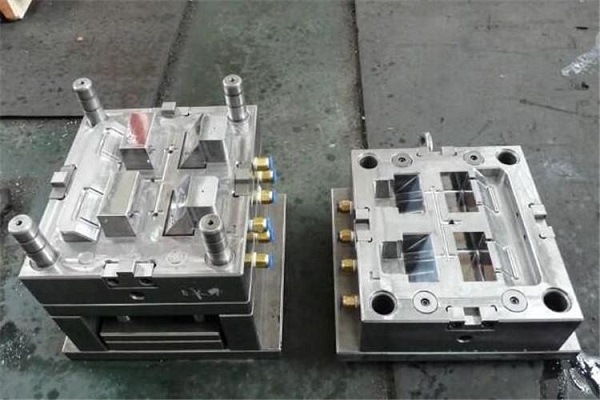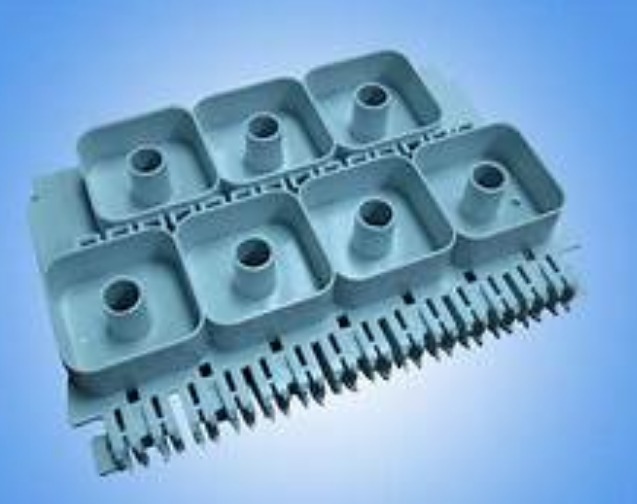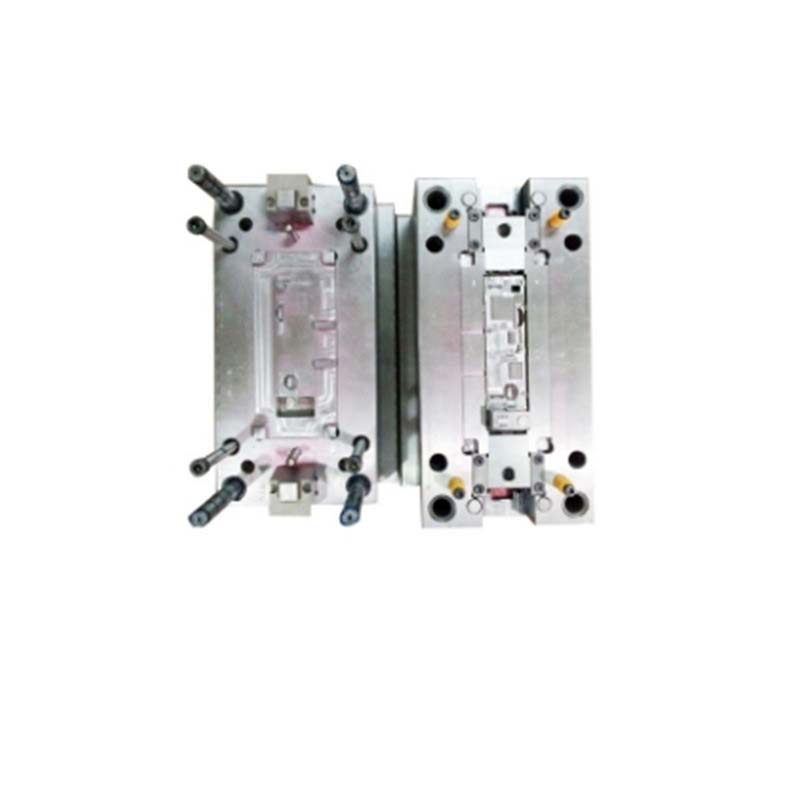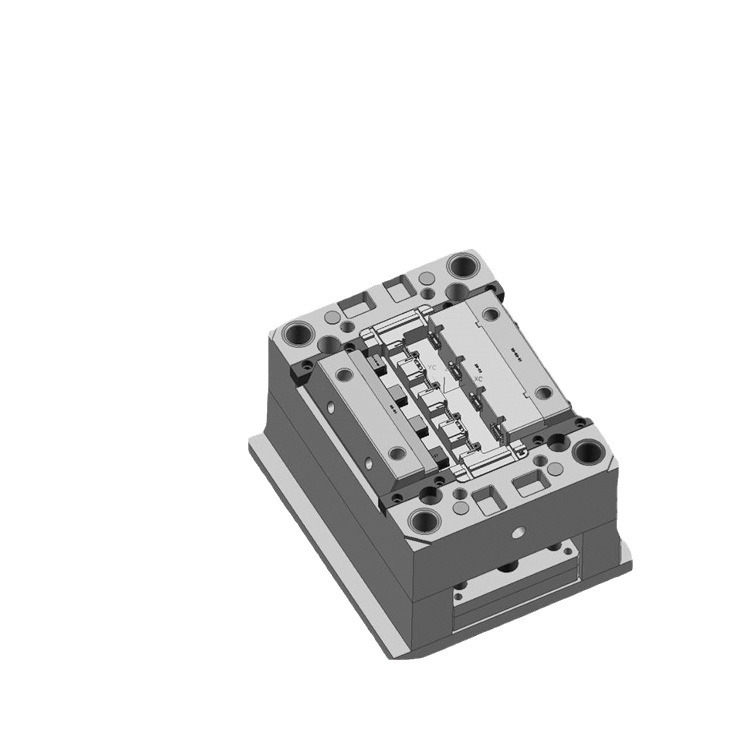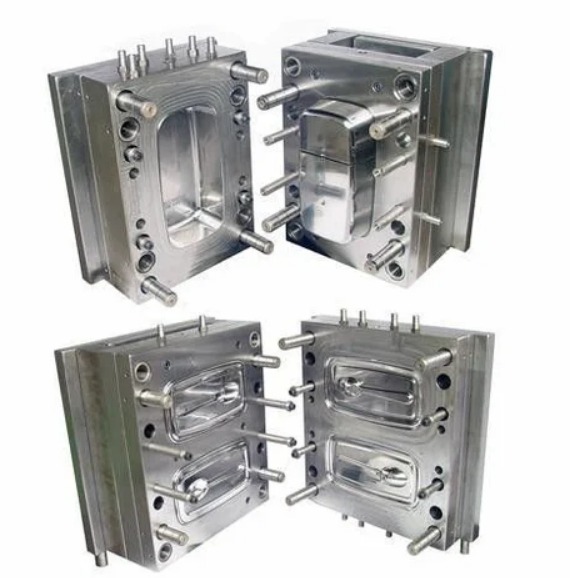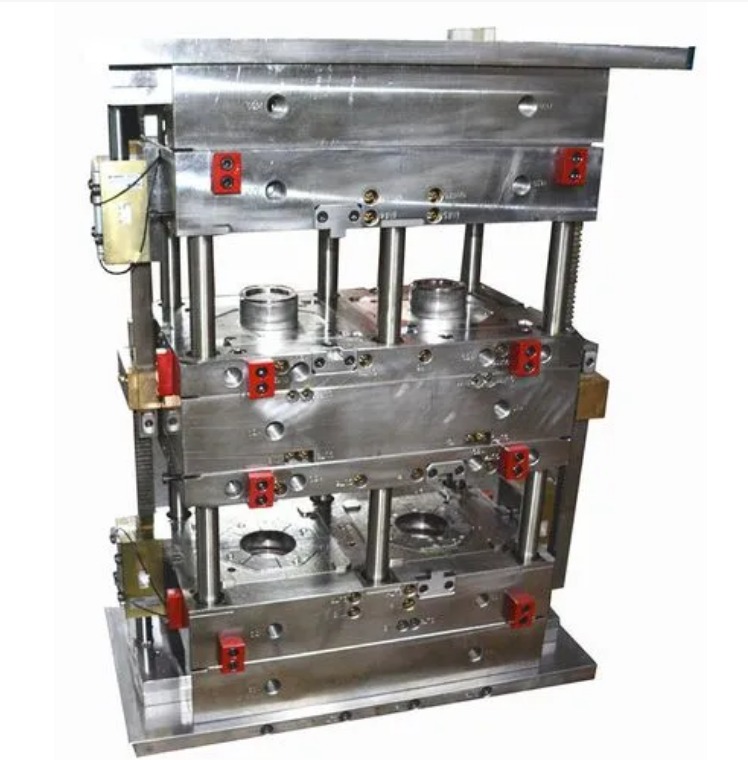Understanding the Cost Components of Mold Procurement
Before delving into cost - reduction strategies, it's crucial to understand what makes up the cost of mold procurement. Generally, the cost components can be broken down into the following major categories:
- Material Costs : This is the cost of the raw materials used to make the mold. For instance, if it's a metal mold, the cost of steel, aluminum, or other metals is a significant part of the expense. High - quality steel grades, such as P20 or H13, which are commonly used in mold manufacturing, can vary in price depending on factors like alloy composition and quality standards. On average, material costs can account for about 30% - 40% of the total mold procurement cost.
- Design Costs : Designing a mold requires expertise. Designers need to consider factors like the product's shape, size, tolerances, and the manufacturing process (e.g., injection molding, die - casting). Complex mold designs with intricate details or high - precision requirements will incur higher design costs. Design fees can range from a few hundred dollars for a simple mold to tens of thousands of dollars for a highly complex one. Usually, design costs make up around 10% - 20% of the total cost.
- Processing Costs : This includes all the machining operations required to transform the raw materials into a finished mold. Operations such as milling, turning, EDM (Electrical Discharge Machining), and surface finishing contribute to this cost. The cost of processing is influenced by the complexity of the mold geometry, the accuracy required, and the time taken for machining. Processing costs often account for the largest portion, approximately 40% - 50% of the total mold procurement cost.
- Quality Control and Testing Costs: To ensure that the mold meets the required quality standards, various inspections and tests are carried out. This may include dimensional inspections using CMM (Coordinate Measuring Machine), material testing, and functional testing. Quality control and testing costs can be around 5% - 10% of the total cost.
Here is a simple table to summarize the approximate cost percentages:
| Cost Component | Percentage Range |
| Material Costs | 30% - 40% |
| Design Costs | 10% - 20% |
| Processing Costs | 40% - 50% |
| Quality Control and Testing Costs | 5% - 10% |
Understanding these cost components is the first step towards effectively reducing the cost of mold procurement. By identifying which areas contribute the most to the cost, companies can then develop targeted strategies to cut expenses without sacrificing the quality of the molds.
Key Strategies to Reduce Mold Procurement Costs
1. Supplier Selection and Negotiation
Selecting the right suppliers is the cornerstone of cost - effective mold procurement. When screening suppliers, don't just focus on the price but also consider their reputation, production capabilities, and quality control systems. For example, a supplier with advanced manufacturing equipment and a well - established quality management system like ISO 9001 certification is more likely to provide high - quality molds with fewer defects, which can save costs in the long run.
When negotiating with suppliers, it's important to have a clear understanding of the market price range. Research the prices offered by multiple suppliers and use this information as leverage in negotiations. A case in point is a company that was able to reduce its mold procurement cost by 15% after negotiating with its long - term supplier. They achieved this by committing to a larger order quantity and a longer - term supply contract. Other negotiation tactics include asking for volume discounts, favorable payment terms (such as extended payment periods or early - payment discounts), and sharing the cost of tooling improvements if it benefits both parties.
2. Design Optimization
Optimizing the mold design can have a significant impact on cost reduction. Simplifying the mold structure can reduce the number of machining operations and the complexity of assembly, thus cutting down processing and assembly costs. For instance, a plastic injection mold for a consumer product was redesigned to eliminate unnecessary undercuts and complex features. As a result, the machining time was reduced by 30%, leading to a substantial cost savings.
Using more standard and common components in the mold design is another effective way. Standard components are usually mass - produced, so they are more affordable and easier to replace. According to industry data, using 30% more standard components in a mold can reduce the overall mold cost by about 10% - 15%. Additionally, designers can collaborate with manufacturing engineers during the design phase to ensure that the design is manufacturable with the least amount of waste and cost - intensive processes.
3. Production Volume Considerations
The relationship between production volume and mold cost is crucial. For small - scale production runs, the per - unit cost of the mold is relatively high because the initial investment in mold design and manufacturing is spread over a small number of products. In this case, options like 3D printing for mold production can be more cost - effective as it reduces the need for expensive traditional tooling and can quickly adapt to design changes. For example, a startup that needed to produce a small batch of 500 customized plastic parts found that using 3D - printed molds was 30% cheaper than traditional injection - molding molds.
However, for large - scale production, traditional molds become more cost - efficient. As the production volume increases, the fixed cost of the mold is spread over a larger number of units, reducing the per - unit mold cost. A large - scale automotive parts manufacturer producing hundreds of thousands of parts annually found that the per - unit mold cost decreased by 80% when the production volume doubled, thanks to economies of scale. So, companies should carefully evaluate their production volume requirements before choosing a mold manufacturing method.
4. Lifecycle Management
Implementing a comprehensive mold lifecycle management strategy can help reduce long - term costs. Regular maintenance of the mold, such as cleaning, lubricating, and inspecting for wear and tear, can significantly extend its lifespan. A study showed that molds with regular maintenance can last 2 - 3 times longer than those without proper care. For example, a die - casting mold that was maintained every 500 production cycles had a lifespan of 50,000 cycles, while a mold with no regular maintenance failed after only 15,000 cycles.
When a mold starts to show signs of wear but is still repairable, (refurbishment) can be a cost - effective option instead of immediate replacement. Refurbishment may involve replacing worn - out components, re - machining surfaces, or applying new coatings. This can cost 30% - 50% less than purchasing a new mold. Finally, when the mold reaches the end of its useful life, proper disposal and recycling can also save costs and reduce environmental impact.
Yigu Technology's Insights
As a non - standard plastic metal products custom Supplier, Yigu Technology has rich experience in reducing mold procurement costs. We believe that close cooperation with customers from the initial design stage is crucial. By understanding the product requirements in - depth, we can provide professional suggestions on design simplification and material selection. For example, we once helped a customer reduce mold costs by 20% by suggesting an alternative material that met the product's performance requirements while being more cost - effective.
Moreover, we have established long - term partnerships with reliable raw material suppliers. This enables us to obtain high - quality materials at favorable prices. In terms of production, our advanced manufacturing processes and strict quality control systems ensure high - quality mold production with fewer rejects, saving both time and cost for our customers.
FAQ about Cost Mold Procurement
1. How can I quickly estimate the cost of a mold?
A quick way to estimate mold cost is by using the material - coefficient method for a rough calculation. First, determine the type and weight of the raw materials needed for the mold. For example, if it's a plastic injection mold made of P20 steel, find out the price per unit weight of P20 steel in the market. Then, multiply the material cost by a coefficient. For plastic molds, the coefficient is usually around 6. So, if the material cost is calculated to be \(1000, the estimated mold cost would be approximately \)6000. However, this is a very basic estimate. You also need to consider other factors such as design complexity (more complex designs mean higher design costs), processing operations (intricate machining like EDM will increase processing costs), and quality control requirements (higher - precision molds need more rigorous quality checks).
2. Is it better to choose a domestic or overseas mold supplier?
Domestic suppliers often have shorter lead times and lower transportation costs. Communication is also easier due to the same time - zone and language, which can lead to fewer misunderstandings during the mold - making process. For example, if there are design changes or production issues, you can quickly get in - touch with a domestic supplier. In terms of cost, in some cases, domestic suppliers may offer more competitive prices, especially when considering local material availability and labor costs.
On the other hand, overseas suppliers, especially those from developed countries, may have more advanced technology and higher - quality standards. They can produce molds with extremely high precision and complex structures. But they usually come with higher costs, including shipping fees, potential tariffs, and longer lead times. For instance, a mold from a European supplier may take several weeks to arrive, which could delay production schedules. In general, if cost and quick turnaround are crucial, a domestic supplier might be a better choice. But if high - end quality and advanced technology are required, an overseas supplier could be considered.
3. What are the common pitfalls in reducing mold procurement costs?
One common pitfall is choosing a supplier solely based on the lowest price. A very cheap supplier may cut corners on materials or production processes, resulting in a low - quality mold that has a shorter lifespan, more defects, and higher maintenance costs in the long run. For example, a mold made with sub - standard steel may break down frequently during production, causing production stoppages and additional expenses.
Another mistake is over - simplifying the mold design without considering functionality. While simplification can reduce costs, if it compromises the mold's ability to produce high - quality products, it's not a cost - effective solution. For instance, removing a necessary cooling channel to save on machining costs may lead to uneven cooling of the plastic during injection molding, resulting in warped products.
Finally, neglecting post - purchase support and maintenance costs is also a pitfall. Some suppliers may offer a low - cost mold but charge exorbitant fees for maintenance, repairs, or replacement parts. So, it's important to consider the total cost of ownership, including all these post - purchase expenses, when trying to reduce mold procurement costs.
